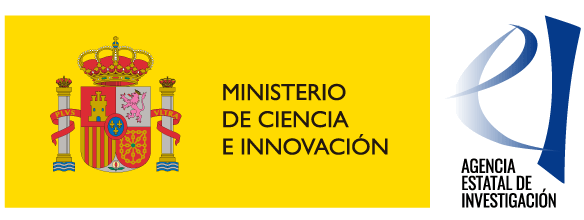Main researchers
Elena Losada Soler (ADHUC-Universitat de Barcelona) y María Xesús Lama López (ADHUC-Universitat de Barcelona).
Team
Alejandro Alonso Nogueira (Brooklyn College, CUNY), Francesco Ardolino (Universitat de Barcelona), Susana Bardavío Estevan (Universidad de Burgos), Santiago Díaz Lage (UNED), José Manuel González Herrán (Universidade de Santiago de Compostela), Cèlia Nadal Pasqual (Università per Stranieri di Siena), Antonio Pedrós-Gascón (Colorado State University), Robin Ragan (Knox College), Donatella Siviero (Università di Messina), Akiko Tsuchiya (Washington University in St. Louis) y Aurélie Vialette (Stony Brook University).
Junior fellow researchers
Carolina Dutra Carrijo (Universitat de Barcelona), Catalina Mir Jaume (Universitat de Barcelona) y Antonio Terrón Barroso (Universitat de Barcelona).
The project "Gender, Violence and Representation. Creative Texts in Peninsular Women's Press (1848-1918) GenViPreF" (PID2020-113138GB-100) aims to analyse the forms of violence implicitly represented in a corpus of creative works published in a selection of representative women’s press journals published in the Iberian Peninsula between 1848 and 1918.
We aim to detect the representations of structural and/or symbolic violence, intensely naturalised and internalised in that period. The texts published in women's press journals will allow us to document to what extent and for what reasons women often set themselves up as transmitters of the prevailing morality, disseminating the model of “the angel in the house”, which often contradicts their own attitudes and practices in life. We propose to study these contradictions and "impositions" observed between the public discourse and the biographical reality of some women who played a social role very different from the one required by the habitus. From the feminist perspective of gender and women's studies, we will analyse the factors that lead to the formulation of claims and denunciations that give way to the representation of a silenced reality, especially significant in women's lives, such as gender-based violence. The evolution of the discourse from modesty to vindictive attitudes and the denunciation of certain mechanisms of subjugation makes its way into women's cultural production and generates a debate in the public sphere that is sometimes met with violent reactions in both the public and private spheres, generating argumentative texts with diverse strategies. Our aim is to analyse the extent to which women who write with the awareness of addressing a female audience represent these tensions in their texts and also manage to reveal a hidden social problem, which will gradually come to light as a theme in fiction.
The corpus under study includes a selection of press journals published between 1848 and 1918 on the Iberian Peninsula, such as El Correo de la Moda, La Ilustración de la Mujer, A Voz Feminina o Feminal.

